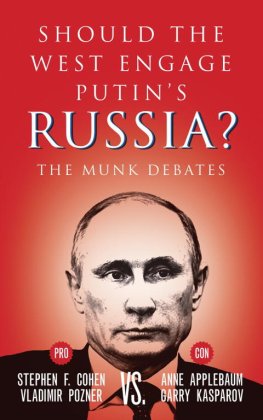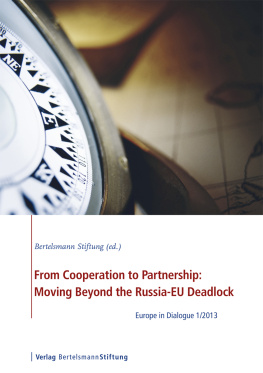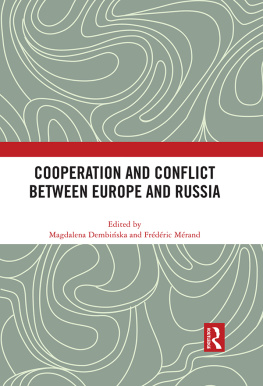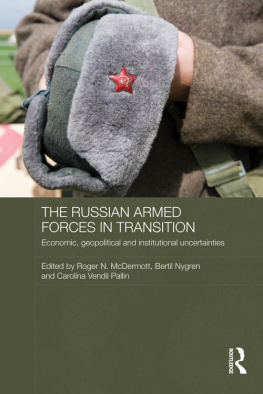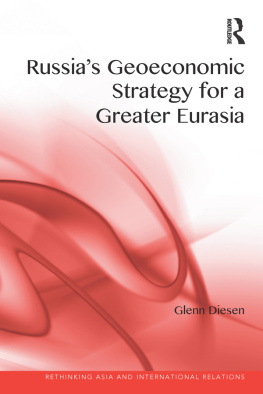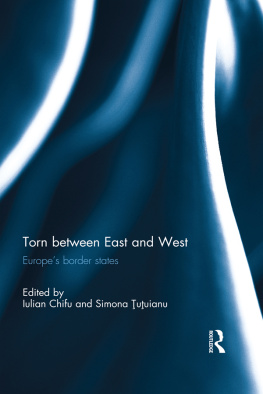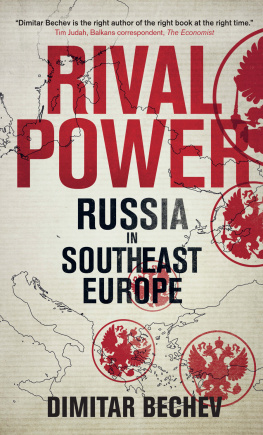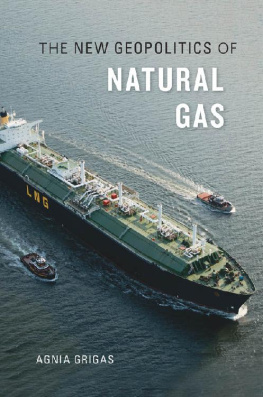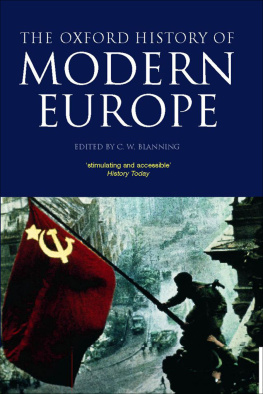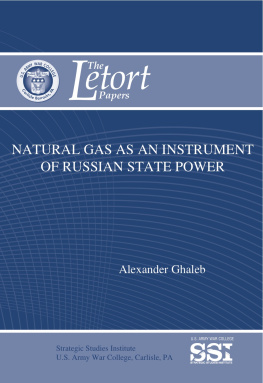Transliteration from Slavic to Latin script is always a challenge, particularly where proper nouns are concerned. Throughout this book I have attempted to follow the guidelines of the US Library of Congress wherever possible. However, for place names the American Association of Geographers has its own conventions, and in most places I have followed those. (Thus: Ob River instead of Ob.) Finally, if a place or person has been mentioned frequently in the Western media, then I follow the spelling used in the media. (Thus: Mikhelson instead of Mikhelson.) Unfortunately, the result is a running series of compromises, which will make no one entirely satisfied.
Three decades after the fall of the Berlin Wall and the end of the Soviet empire, the West faces what it thought it would never see againa new era of East-West tensions in a redivided Europe. The vision that inspired the 1990s and the early 2000s, of a modern Russia integrated into the world economy and aligned in peaceful partnership with a reunited Europe, has abruptly vanished. Instead, a new line of conflict is being drawn across the map. But a stable and peaceful Europe will not be rebuilt with tanks and barbed wire, or sanctions. It requires a renewed search for shared interests, and above all economic interest. That is the starting point for this book.
The search for common economic ground began well before the fall of the Iron Curtain, and it played an important part in the rise of dtente and the beginnings of change in Russia. As Russia emerged from its isolation in the 1990s, Russian-European business relations flourished. It was not beyond reasonable belief that normal economic ties would foster normal political relations, and vice versaand for a time that appeared to be happening.
At the center of this story was natural gas. But natural gas has now become part of the problem, for reasons that could never have been anticipated during the Cold War.
Natural Gas: From Bridge to Divide?
From the 1960s, when a coalition of Soviet and Austrian players negotiated the first Soviet-European pipeline deal in the middle of the Cold War, Russian gas exports to Europe grew over five decades to become (along with gas from the North Sea) one of the foundations of Europes energy economy. Today, a vast web of gas fields, pipelines, and compressors serves thousands of factories and millions of consumers, binding them together in a dense network. By any standard the construction of the Russian and European gas systems ranks as one of the most important engineering and commercial achievements of the past half century.
By the 1980s, East-West relations had developed into a ritual: freezes and thaws came and went, but business carried on. In Western Europe, natural gas became a fuel of choice, and demand boomed, met increasingly with the seemingly limitless West Siberian gas reserves. On both sides of the Iron Curtain, the East-West gas trade was governed by stable monopolies that were closely connected to their respective governments. The contracts between them were long-term affairs. The norm was twenty to twenty-five years, but some were thirty years plusnegotiated by career professionals who came to know and respect one another as fellow members of a Gas Club that put business first and ideology second.
The 1990s and early 2000s brought four fundamental changes in succession. The first was the fall of the Soviet Union and the Soviet empire. The second was the strengthening and expansion of the European Union and, under its active sponsorship, the spread of market-oriented liberalization and regulation within a unified Europe. The third was the restoration of a strong Russian state under Vladimir Putin, with ambitions to rebuild a Russian sphere of influence in the former Soviet space. The fourth was the emergence of environmentalism as a powerful political force in Europe, especially in Germany. Together these four events have changed, and are continuing to change, the role of gas in Russian-European relations. The familiar world of state-backed monopolies and long-term contracts is disappearing. The rules by which gas is bought and sold have been turned upside down. And the place of energy itself in politics and public opinionthe very future of gas in a Western Europe increasingly focused on decarbonizationis being transformed.
Along the way, what was a shared interest and a factor of stability between Europe and Russia became a subject of strife, both as a symbol and a contributing cause.
How did this happen? The initial effect of the fall of the Iron Curtain and the creation of the Single Internal Market in Europe was to open the European energy sector to penetration by players from both sides. Western European companies moved into Eastern Europe and bought up local utilities and transmission systems, largely supplied by Russian gas. Russian companiesespecially the Russian gas monopoly Gazprommoved west and south into Europe, forming partnerships and new ventures, as they sought to build an integrated gas value chain in Europe, from the European borders to the burner tip. At first this was hailed as a positive development. In the early 1990s there was a flowering of optimism and entrepreneurship across the previous divide.
But it did not last. In Russia, the initial commitment to a market-led economy in the 1990s gave way by the mid-2000s to an increasingly nationalistic version of state-led capitalism, and energy became for the Kremlin an instrument for the reestablishment of a Russian sphere of influence in the Former Soviet Union and Eastern Europe. In Western Europe, the drive to create a single European space evolved by the early 2000s into a supranational legal and regulatory structure based in Brussels, driven by a militant market-oriented doctrine and armed with formidable enforcement powers. Even as Russian state capitalism moved west, the European Union (EU) and its


